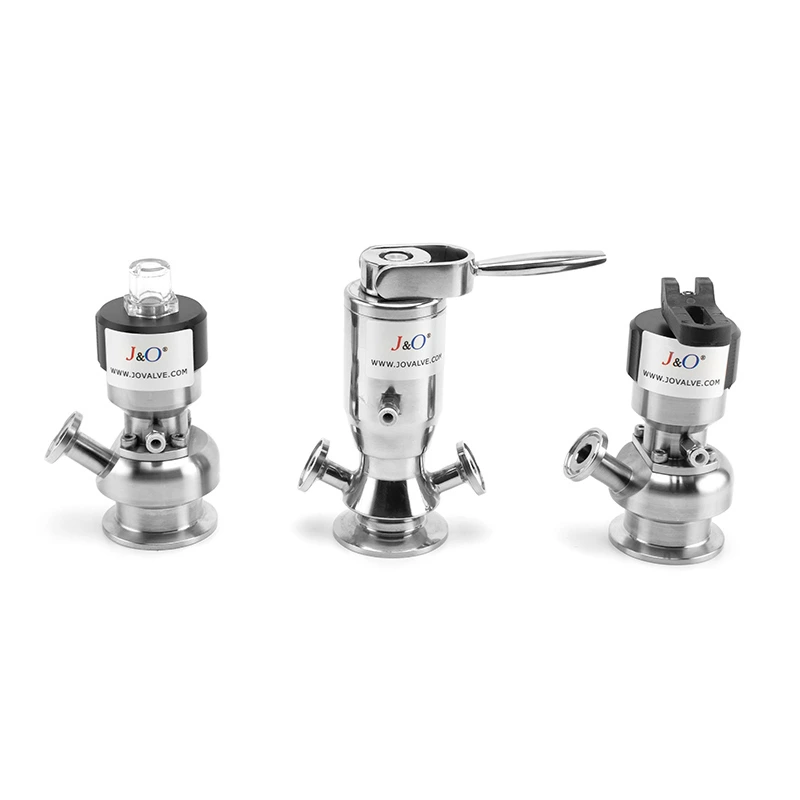A Brief Discussion On The Structural Characteristics Of Sterile Sampling Valve
Sanitary Aspetic Sampling Valve consists of three parts, valve body, handle and diaphragm. The commonly used connection between the valve body and the handle is generally threaded, tank welding, steel pipe welding, and clamp. The handle can be selected in two forms: rotating handle or removable key. The rubber diaphragm is placed on the valve stem, as a stretch plug. The aseptic sampling valve is equipped with an anti-rotation mechanism, which is more hygienic and reliable than the traditional sampling valve. It is mainly used for collecting material samples in tank equipment or pipelines, and can also be installed at the lowest point of the tank equipment or pipeline to empty the residual liquid.
The aseptic sampling valve opens the manually operated valve by rotating the handle or by pulling the operating lever, and then the handle and diaphragm retract to allow the liquid to pass. Through the opposite steps, the built-in spring closes the valve and keeps the channel between the hoses open for disinfection. If steam is used, it is recommended to install a small pressure safety valve at the outlet. When in the closed state, the ejector pin is pushed by spring tension or other pressure, and the ejector pin presses the sealing rubber head against the opening of the tank wall to achieve a sealing effect. If sampling is required, steam or other sterilizing media is introduced from one of the sampling ports to fill the entire sample chamber and drain it from the other sampling port. After a certain period of time, the sample chamber and the sampling port are in a sterile state. Then, by pulling the handle, contracting the spring, and loosening the ejector pin, the sealing rubber head is separated from the opening on the tank wall, so that the sample flows out of the tank through the sample chamber and is collected from the sampling port. After sampling is completed, turn the hand wheel, loosen the spring, and press the sealing rubber head against the opening of the tank wall again through the ejector pin; pass clean water to discharge the residual liquid in the sample chamber, and then inject the sterilizing media to seal and retain it for the next sampling.
